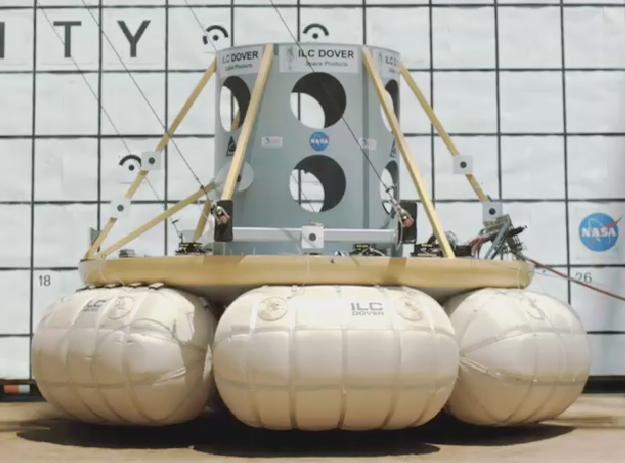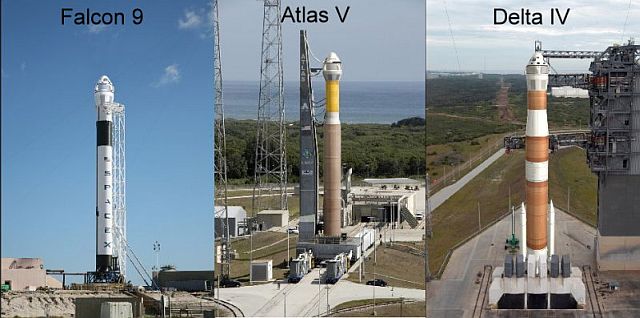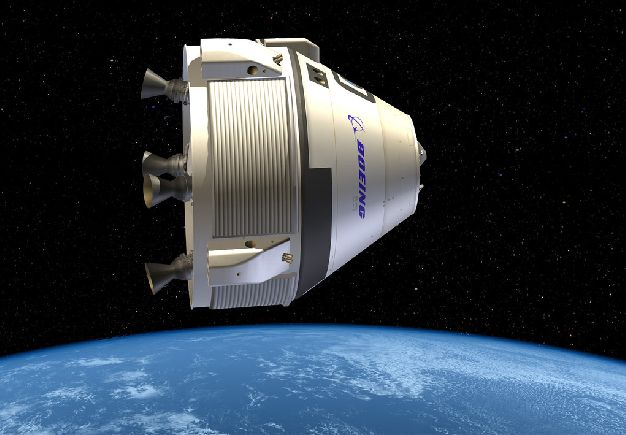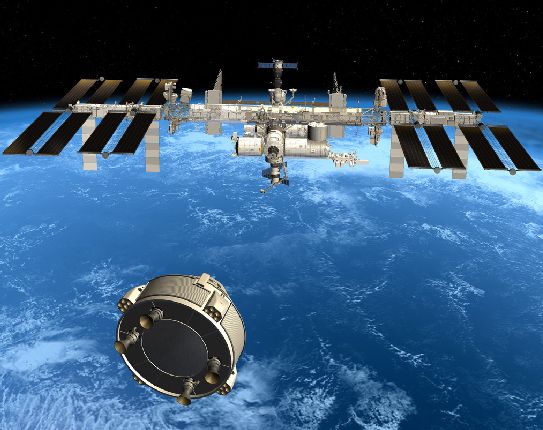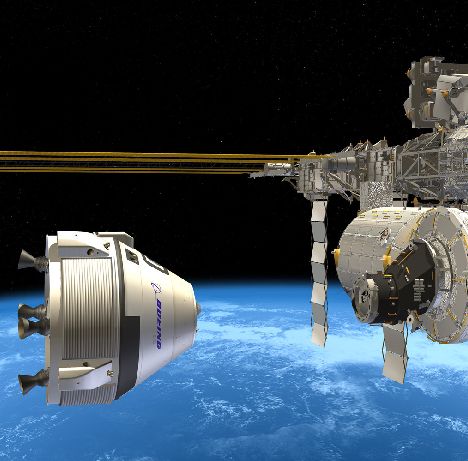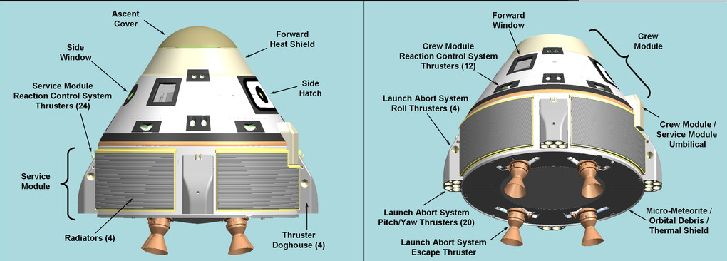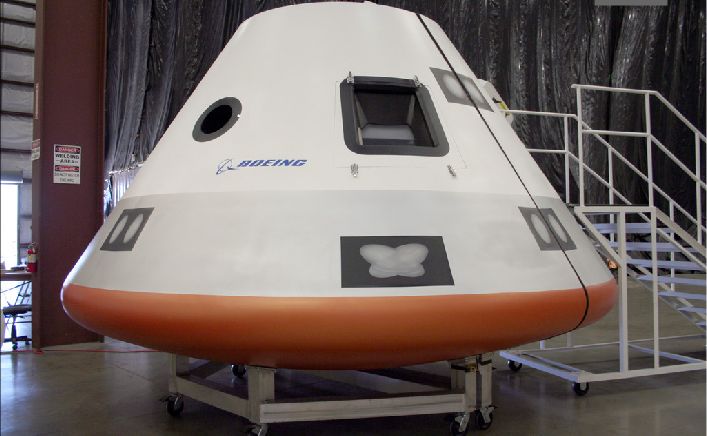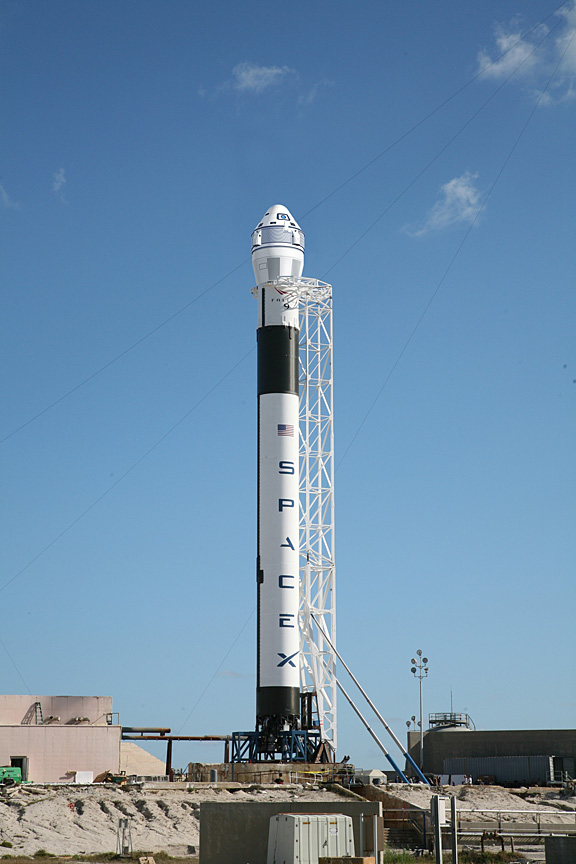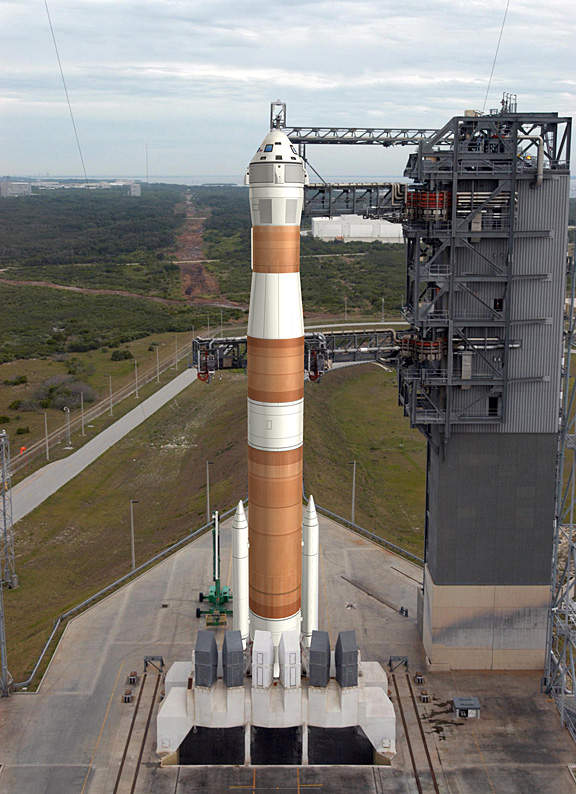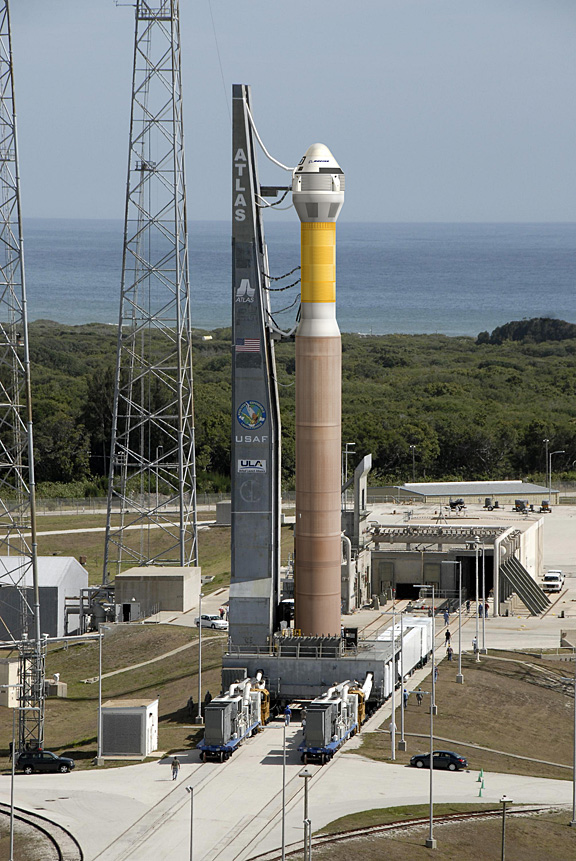B
Boris_Badenov
Guest
Boeing Is Cutting Metal
[snip]
4.5 meter, seven crew, pusher abort system flying in 2015. simplicity for safety/reliability. Space Act Agreement, fixed price, need low development risk, high TRL. Business case challenging. Need development funding/ISS market. Also need other markets. Keith: already started program under CCDev, just did IDR a couple days ago. Complete SDR in October. Pressure-vessel testing at Bigelow’s facilities. Doing drop tests, started a week ago, working on life support. Using rendezvous system from Orbital Express. Not viewgraph engineering.
[snip]
[snip]
4.5 meter, seven crew, pusher abort system flying in 2015. simplicity for safety/reliability. Space Act Agreement, fixed price, need low development risk, high TRL. Business case challenging. Need development funding/ISS market. Also need other markets. Keith: already started program under CCDev, just did IDR a couple days ago. Complete SDR in October. Pressure-vessel testing at Bigelow’s facilities. Doing drop tests, started a week ago, working on life support. Using rendezvous system from Orbital Express. Not viewgraph engineering.
[snip]




